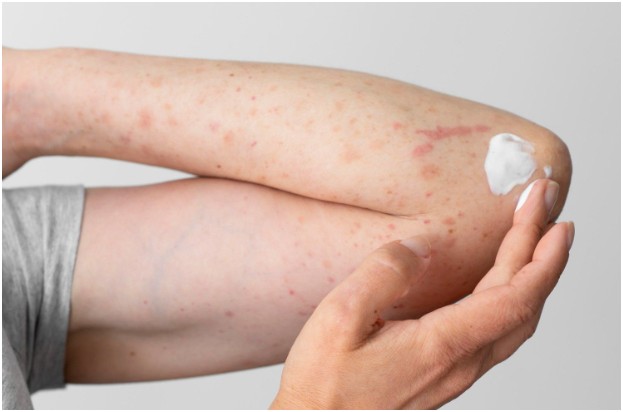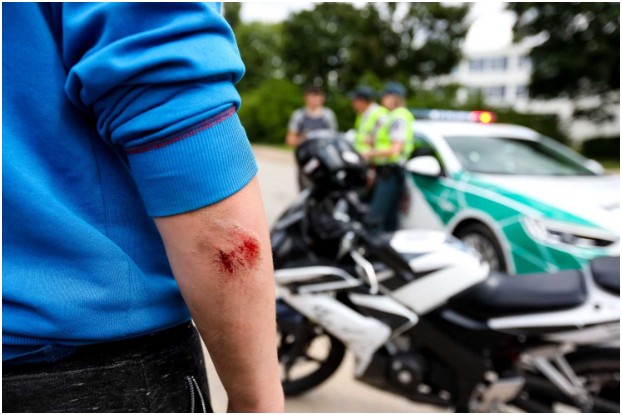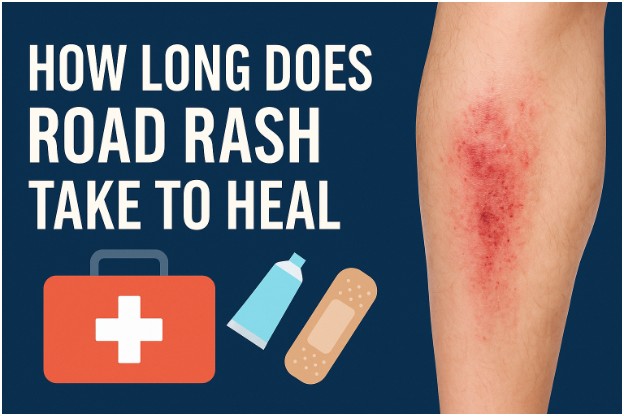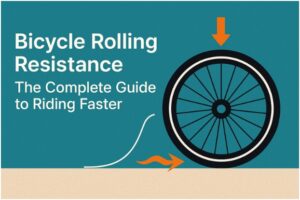The first time I got road rash, it was from a quick skid on my bike that left a raw patch on my elbow. Besides the sting, the first thing on my mind was: how long does road rash take to heal?
I learned that healing time isn’t one-size-fits-all. It depends on how deep the skin damage goes and how well you care for it in the days after the injury. Let’s look at what you can expect and how to support your skin’s recovery.
What Is Road Rash and Why It Happens
Road rash is a type of skin abrasion caused by sliding across a rough surface like pavement. It’s common among cyclists, skateboarders, and motorcyclists, but even a simple trip on concrete can cause it.
This injury ranges from mild scrapes to deep wounds, and the depth directly affects how long it takes to heal. Clean, consistent care can dramatically shorten the recovery window.
How Long Does Road Rash Take to Heal by Severity

The healing window for road rash can span from a few days to several weeks—or longer for severe cases. Here’s how healing typically unfolds based on how deep the injury is:
Mild (Superficial) Road Rash
These scrapes only affect the outermost layer of skin (epidermis). They usually heal within 3 to 7 days, often without forming thick scabs or leaving scars if you keep them clean and protected.
Moderate to Deep Road Rash
These injuries reach into the second layer of skin (dermis). They may look raw, red, and ooze clear fluid at first. With good wound care, they usually heal in 1 to 2 weeks, though larger areas can take a few weeks. Proper cleaning and keeping the wound moist reduces the risk of scarring.
Severe Road Rash
In very serious cases, road rash damages all layers of skin and may even expose muscle or bone. This requires immediate medical attention and can take weeks to months to heal. Treatment may involve skin grafts or surgery, and scarring or permanent skin changes are likely.
What Can Affect Road Rash Healing Time?

Several key factors influence how quickly your skin bounces back:
- Severity and depth: Deeper abrasions take longer and carry higher infection risk.
- Infection: Dirt, bacteria, or debris can get trapped in the wound and delay healing. If the wound worsens after two weeks or shows swelling, pus, or red streaks, see a doctor.
- Wound care: Keeping the injury clean, moist, and covered speeds up recovery. Letting it dry out or picking at scabs slows healing and increases scarring.
- Overall health: Your age, nutrition, immune strength, and conditions like can affect healing speed.
- Location: Wounds on bony joints like elbows, knees, or shins often take longer because of friction and thinner skin layers.
How to Help Road Rash Heal Faster

Good first aid makes a huge difference in how quickly your skin recovers. Here’s a simple care routine to follow:
Clean the Wound Gently
Rinse the area with lukewarm water and mild soap to remove dirt and debris. Use clean tweezers for small visible particles, but seek medical help if debris is deeply embedded.
Apply a Protective Ointment
Use an over-the-counter antibiotic cream such as to keep the wound moist and reduce infection risk.
Cover with a Sterile Dressing
Protect the area with a non-stick bandage or hydrocolloid dressing to shield it from bacteria and friction.
Change the Dressing Daily
Replace the bandage at least once a day, or more if it becomes wet or dirty. Clean the wound gently each time you change it.
Watch for Signs of Infection
Red streaks, yellow or green discharge, swelling, warmth, or worsening pain are red flags. If the wound isn’t improving after two weeks, see a healthcare provider.
FAQs About Road Rash Recovery
-
How do I know if my road rash is getting better?
Healthy healing includes less pain, reduced redness, and the appearance of new pink skin. If the area becomes more swollen, warm, or painful, it could be infected.
-
Will road rash always leave a scar?
Mild scrapes usually heal without scars, but deeper injuries may leave discoloration or raised marks. Using silicone scar sheets or gels once the skin closes can reduce scarring.
-
Should I keep road rash covered or let it breathe?
Keeping it covered and moist actually promotes faster healing than leaving it open. Exposure to air can slow skin cell growth and increase infection risk.
-
How long should I wait before exercising again?
For small, superficial wounds, you can return to light activity after a few days. Wait until the skin fully closes (usually 1–2 weeks) before doing anything that causes heavy sweating or friction on the wound.
Final Thoughts: Be Patient With the Process
So, how long does road rash take to heal? Mild scrapes often clear up in just a few days, moderate injuries usually heal in 1 to 2 weeks, and severe wounds may take weeks or even months to fully recover.
With good wound care, a clean environment, and patience, your skin can rebuild itself remarkably well—and you can get back on the road with a little more caution next time.






